Witness The Unique Architectural Style Of Kayavarohan Temple In 2026
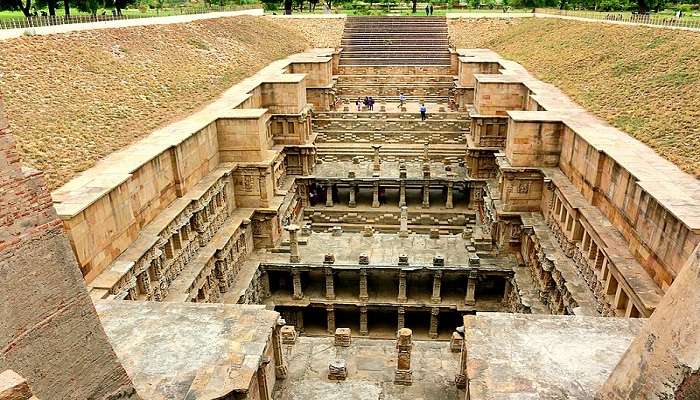
Located in the peaceful town of Kayavarohan, Gujarat, India, the Kayavarohan Temple constitutes a major centre of Hindu mythology and spiritual lore. This ancient temple is dedicated to Lord Shiva. It is considered one of the twelve jyotirlingas, Lord Shiva’s holy shrines, which is otherwise considered a supreme formless reality. The historical roots of this place go back centuries, echoing devotion and divine intervention tales. Those intricate carvings and the spiritual ambience attract pilgrims and tourists alike, who seek solace and blessings within such sanctified surroundings. The Kayavarohan Temple speaks at great length about the rich cultural heritage and the eternal spiritual traditions of India, inviting its patrons to feel amidst its timeless spiritual aura dimensions of Hindu mythology hitherto unexplored.
Kayavarohan Temple Location
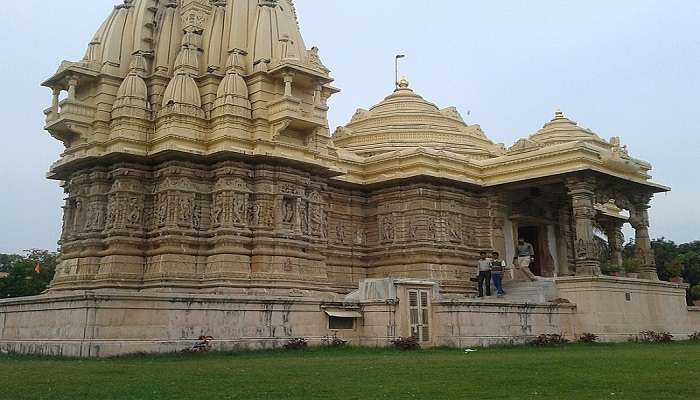
Located in the peaceful town of Kayavarohan, Gujarat, India, the Kayavarohan Temple constitutes a major centre of Hindu mythology and spiritual lore. This ancient temple is dedicated to Lord Shiva. It is considered one of the twelve jyotirlingas, Lord Shiva’s holy shrines, which is otherwise considered a supreme formless reality. The historical roots of this place go back centuries, echoing devotion and divine intervention tales.
Those intricate carvings and the spiritual ambience attract pilgrims and tourists alike, who seek solace and blessings within such sanctified surroundings. The Kayavarohan Temple speaks at great length about the rich cultural heritage and the eternal spiritual traditions of India, inviting its patrons to feel amidst its timeless spiritual aura dimensions of Hindu mythology hitherto unexplored.
Must Read: Shri Nageshwar Mahadev Temple
Kayavarohan Temple Timings
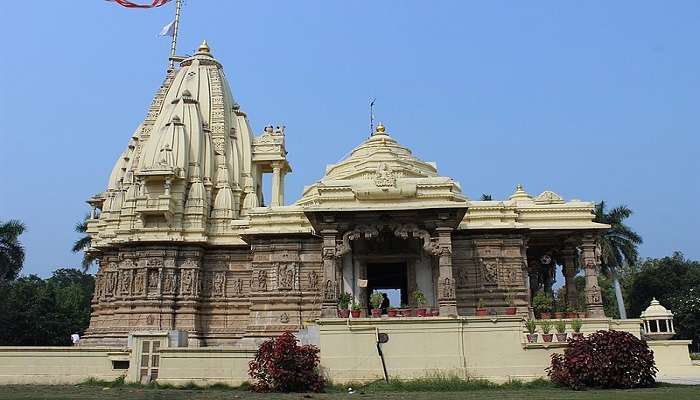
Kayavarohan Temple is open year-round for devotees and other interested persons who would love to visit it for its spiritual ambience and architectural grace. The doors of this temple open early in the morning—at about 5:00 AM—so that devotees can make their way to participate in morning rituals and prayers. The morning hours are considered auspicious for praying to Lord Shiva and seeking blessings for a prosperous day.
In the afternoon, it remains open till late evening. This gives sufficient time to the devotees to perform puja, go around the sanctum sanctorum, and soak in the energy of the jyotirlinga. The serenity of the atmosphere that exists at the Kayavarohan Temple during these hours makes it an ideal place and time for meditating and reflecting upon the thoughts that come to the mind in a peaceful environment. The timings of Kayavarohan Temple therefore accommodate the early morning worshippers or even the evening pilgrims, with a purpose of closing the day with prayers and reverences. It hence becomes sure that any devotee can have the experience of Lord Shiva’s divine presence at will for bringing the sustenance of the spirit closer to life and tradition.
Kayavarohan Temple History
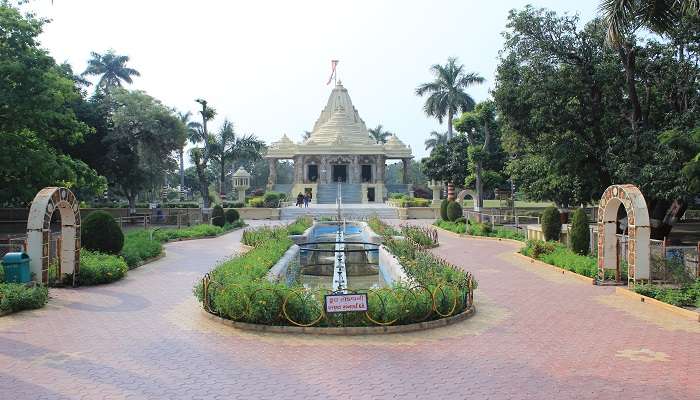
Kayavarohan Temple is located in the serene terrains of Gujarat, India. It is one of the ancient temples remaining in that state, representing Hindu spiritualism and graceful architecture. It is among the twelve jyotirlingas devoted to Lord Shiva. As one of Lord Shiva’s jyotirlingas, this shrine is colossal in hue for the Hindus’ religious history and tradition. Legends say that Lord Krishna consecrated this ancient temple several thousand years ago.
It is the architectural wonders, with minute carvings and typical Gujarati craftsmanship, that combine to create such an ambience that attracts pilgrims and tourists alike to immerse themselves in this holy atmosphere. Besides its architectural extravaganza, Kayavarohan Temple also contributes much towards the sustenance of many cultural activities, rich in shape in the form of festivals and rituals carried out to worship Lord Shiva’s holy presence. Even though this sacred site does not represent India’s rich cultural heritage, it still inspires devotees with a lot of spiritual resonance and a historical legacy.
Suggested Read: Someshwar Mahadev Temple
Ancient Origins
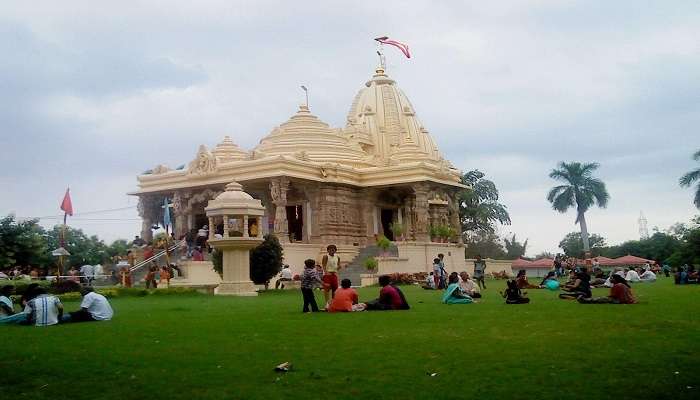
The Kayavarohan Temple dates back to ancient times. According to Hindu mythology, the temple is considered sacrosanct in one of the twelve jyotirlingas in the everlasting manifestation of Lord Shiva. Legends have told us that Lord Krishna installed the linga at Kayavarohan in the Dvapara Yuga of Hindu cosmology. It is believed that this divine act consecrated the place and hence turned it into a sacred site for pilgrimage. For several centuries, devotees to this temple with the aim of spiritual solace and blessings from Lord Shiva have visited here, adding to its significance in Hindu religious traditions.
Tip: Know in advance the timings of the Kayavarohan Temple and the events or fairs that may be planned during your visit. This shall help you in scheduling and getting the most out of your pilgrimage.
Architectural Splendour
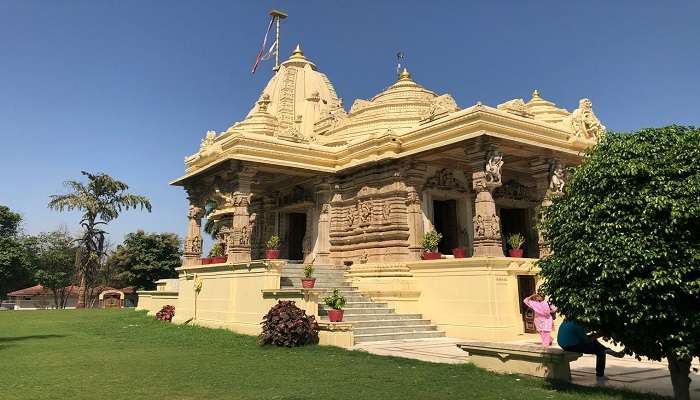
This Kayavarohan Temple reflects ancient India’s cultural and artistic heritage in its architectural elegance. Built in pure Gujarati style, it displays an architectural wonder with carvings and sculptures narrating scenes of Hindu mythology and religious motifs. The jyotirlinga is ensconced within the sanctum sanctorum with offerings and bright decorations during festivals and auspicious occasions. There sits a temple complex with mandapas—the pillared halls, a prayer hall, and surrounding gardens, all exuding an atmosphere of serenity and spiritual upliftment for the pilgrims and other visitors.
Tip: The Kayavarohan Temple is where one should respect age-old customs and traditions. One should dress modestly and remove one’s shoes before entering the premises. This will preserve the sanctity of the place and respect for the religious practices followed by the devotees.
Suggested Read: Dwarkadhish Temple
Cultural and Spiritual Significance
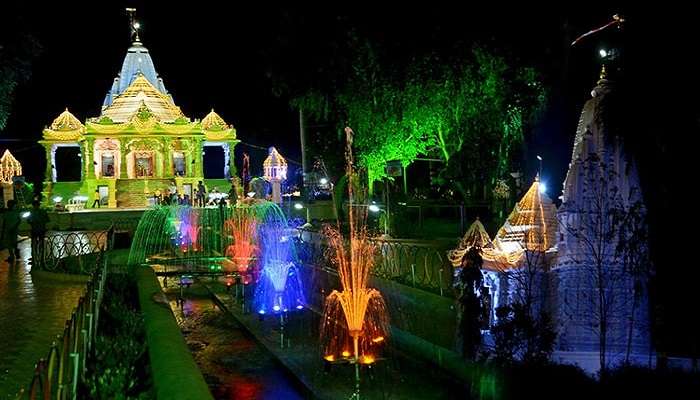
Beyond its architectural grace, the Kayavarohan Temple holds great cultural and spiritual significance for Hinduism. Worshipping at this jyotirlinga can enhance spiritual illumination, wash away sins, and bestow meritorious desires on devotees. The temple attracts devotees from far and wide across India and beyond to join in festivity celebrations to the glory and worship of Lord Shiva. Its spiritual and historic legacy inspires our devotion and reverberations; therefore, the Kayavarohan temple is a much-visited pilgrimage destination and a nostalgic reminder of timeless religious traditions that sustained India.
Tip: This one may do outside, though it is always good to seek permission. If possible, with permission, limited photography may be allowed in some places in the temple. However, respect any restriction for temple photography. Memorable moments may be captured only respectfully and only in a way that does not disturb others or the sacred atmosphere of the temple.
Further Read: Sarangpur Hanuman Mandir
Feel the divinity of peace and spiritual reverberation inside the Kayavarohan Temple in Gujarat, India. Begin planning your visit today to marvel at the rich culture within its beautiful architecture and outstanding heritage reflected in one of the twelve jyotirlingas of Lord Shiva. It could be spiritual enlightenment, a taste of culture, or just that second of peaceful reflection—Kayavarohan Temple forms a holy shrine where age-old traditions meet timeless spirituality. It is here, at this holy pilgrimage site, that you will experience some of the choicest blessings and serenity. A peek into history, tradition, and the divine presence of Lord Shiva—experience all of it here. Explore Kayavarohan Temple and experience spiritual enlightenment and cultural enrichment as you plan your trip to Gujarat.
For our editorial codes of conduct and copyright disclaimer, please click here.
Cover Image credit: By Rupeshsarkar for Wikimedia Commons.
Frequently Asked Questions About Kayavarohan Temple
What is the Kayavarohan Temple known for?
The Kayavarohan Temple has been famous as one of the twelve jyotirlingas, thus depicting the divine manifestation of Lord Shiva in Hindu mythology. It is of immense religious significance and is celebrated and visited by numerous devotees with the purpose to seek spiritual blessings from the deity.
Where is Kayavarohan Temple located?
Kayavarohan Temple is situated in the town of Kayavarohan, about 30 kilometres from Vadodara in the state of Gujarat, India. It lies in a calm environment and offers a peaceful pilgrimage spot.
What are the timings of the Kayavarohan Temple?
The Temple usually opens very early in the morning, around 5:00 AM, and closes late in the evening to provide ample time to all devotees who like to pay a visit to the temple with the purpose of prayer. Sometimes the timings may differ during festivals and special occasions.
What dress code should I observe when visiting Kayavarohan Temple?
It is highly advisable to dress modestly and remove shoes while visiting the temple area in respect. This way, at this place, there will be the maintenance of sanctity and also adhering to age-old customs of the devotees.
Are there any festivals celebrated at Kayavarohan Temple?
Yes, many festivals are celebrated at the Kayavarohan Temple, out of which the Mahashivaratri and Shravan month-long celebration for Lord Shiva come under the limelight. Thousands of devotees flock to participate in rituals, prayers, and cultural programs.
People Also Read:
Katarmal Sun Temple Papanatha Temple Badami Cave Temples

With a passion for exploring and travelling to the roads long forgotten, experience the world through enthralling stories and adventures. Join me as I share my experiences at some of the world’s most popular tourist destinations and quench that pestering curiosity with something exciting!











